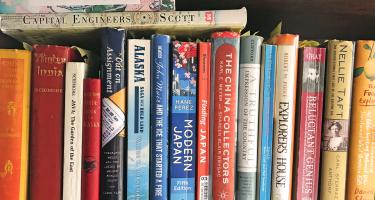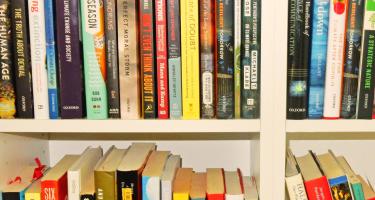
Amy Dockser Marcus—We the Scientists: How a Daring Team of Parents and Doctors Forged a New Path for Medicine
Parents of children with rare, potentially fatal, disorders, building on activism by people with breast cancer and HIV, have spurred the burgeoning citizen-science movement. Their efforts, Amy Dockser Marcus reports in We the Scientists: How a Daring Team of Parents and Doctors Forged a New Path for Medicine, have improved both national health policy and social and political equality.







